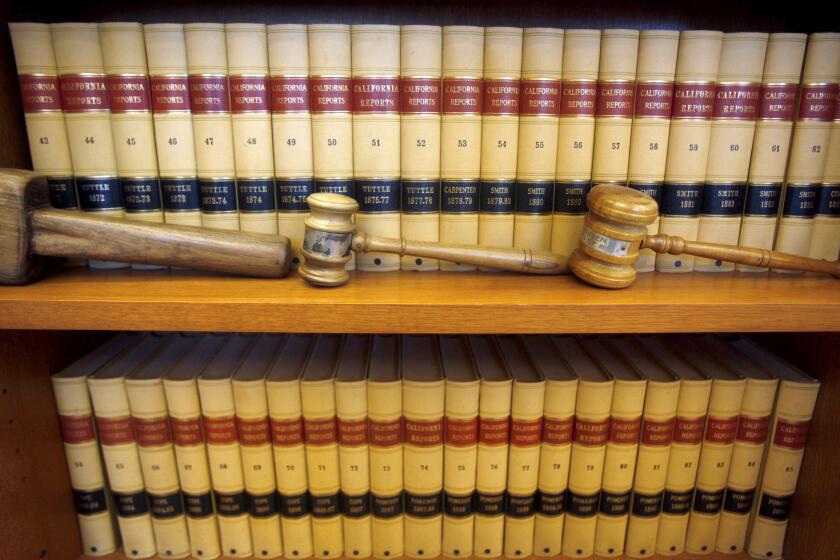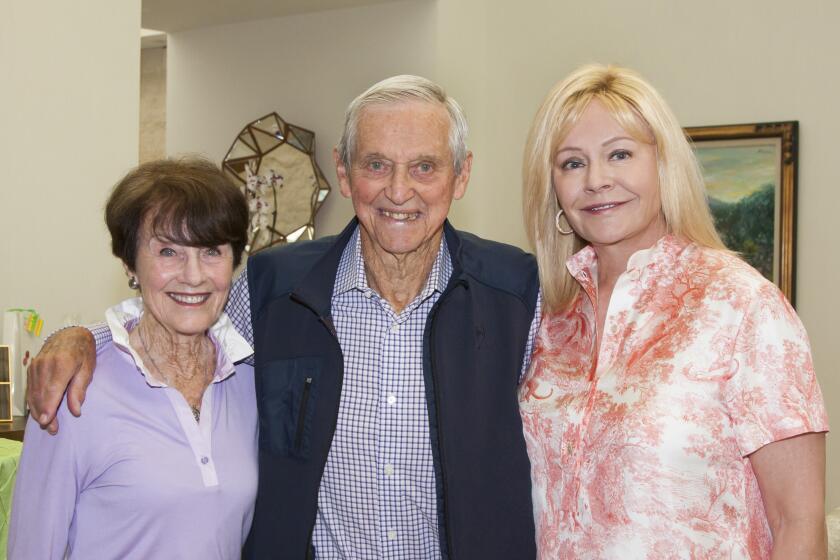Column: A new point of view on old literature
I’ve never been one to read a book a second time.
One-and-done always has been my style. Like my 1950s television hero, Paladin (played by actor Richard Boone), in “Have Gun — Will Travel,” I had to move on.
When I was younger and separated from retirement by several decades, I loved reading books but was forced to squeeze them into tight work and family schedules. I’d insert books into my agenda as I could: fiction, nonfiction, literature, and best sellers.
But I was never truly able to indulge my hobby.
Now that I’m retired and possess a Kindle e-reader that’s quickly filling with titles, I read books at every opportunity. I have more than 350 on my Kindle, and read at least one a week.
Only recently have I started to re-read nuggets from the past. Several of them I remembered in great detail, but others caused me to wonder if I’d actually read them at all — and if so, why? I’d forgotten virtually everything.
Some books that I remembered liking 30 years ago I didn’t feel nearly so charitable about now. Others lived up to their reputation. Certain passages from decades ago still jumped from the pages at me.
I recently decided to select a great novel for my summertime reading. I wanted a tome to take with me on the road. Which title would I choose? After considerable thought, I opted for Herman Wouk’s thousand-page epic, “Winds of War,” set in World War II.
I read the book in 1971 when I was 26, and had many fond recollections of it.
I also read its sequel, the 1,200-page “War and Remembrance,” seven years later. Both held me transfixed.
The books, by the way, are much better than the subsequent two miniseries.
I’m one of those readers who identifies with characters in the novels I read and I uncovered a few idiosyncrasies about myself as I re-read “Winds of War” this summer.
More than a dozen major characters populate the book, which begins in 1939 and ends with the attack on Pearl Harbor in 1941. The sequel covers the period of U.S. involvement in the war.
When I first read the book as a 26-year-old, I identified with Byron Henry, the dashing 25-year-old son of Naval officer Pug Henry. Byron, with blue eyes and a shock of reddish hair, served as my proxy in the story. During the course of the two books he became a submarine officer and war hero.
In my recent re-read, I identified with 70-ish author and professor, Aaron Jastrow. Jastrow possesses a great mind but no mechanical skills whatsoever. He’s so unhandy, in fact, he can’t even change his typewriter ribbon. Sounds painfully familiar.
Author Wouk, by the way, wrote the two books while in his late 50s and early 60s, and today lives in New York City at the age of 102. Wouk won the Pulitzer Prize for Fiction in 1951 for his best-selling novel, “The Caine Mutiny.”
If Wouk issues further books in the future you can count me in. I’m a fan.
I’ve read numerous authors in the years since “Winds of War” and “War and Remembrance” came upon the scene. Those who’ve tried to challenge Wouk in his genre have failed. I’ve read them. He’s the best.
While reading “Winds of War” this summer I came across historical data about which I knew precious little when I first read the book. In the intervening years, I’ve gained a modicum of knowledge about those subjects.
I’ve probably read a hundred books — fiction and non — on World War II.
Much of the action in the two books takes place in London, Paris, Rome, Berlin, Warsaw, Krakow, Poland, Auschwitz, Leningrad (now St. Petersburg), Siena, Italy, Pearl Harbor and Washington, D.C. I’d never visited any of those places in 1971. I’ve since been to them all — as well as numerous battle sites.
As you might guess, “Winds of War” took on greater significance for me this summer than in ’71.
Think I’ll re-read “War and Remembrance” this fall.
JIM CARNETT, who lives in Costa Mesa, worked for Orange Coast College for 37 years.
All the latest on Orange County from Orange County.
Get our free TimesOC newsletter.
You may occasionally receive promotional content from the Daily Pilot.



